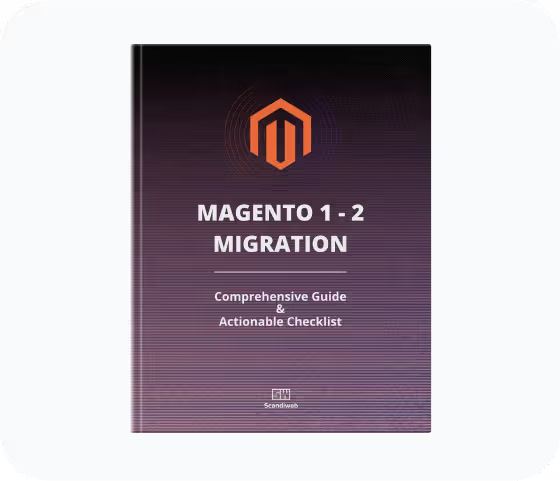Your first step to upgrading your Magento store
Fill out the form
Free consultation
During our consultation, our Magento upgrade expert will analyze your store’s needs, uncover opportunities, and outline a clear upgrade plan.
Get a tailored proposal
After the consultation, get a customized proposal detailing the exact steps for upgrading your Magento store.
Trusted by leading brands




he will personally reply same day!






.svg)



.svg)
.svg)
.svg)


.avif)






%20(1).avif)

.avif)













.avif)















.avif)





.svg)
.svg)
.svg)

.svg)
.svg)
.svg)










.avif)
